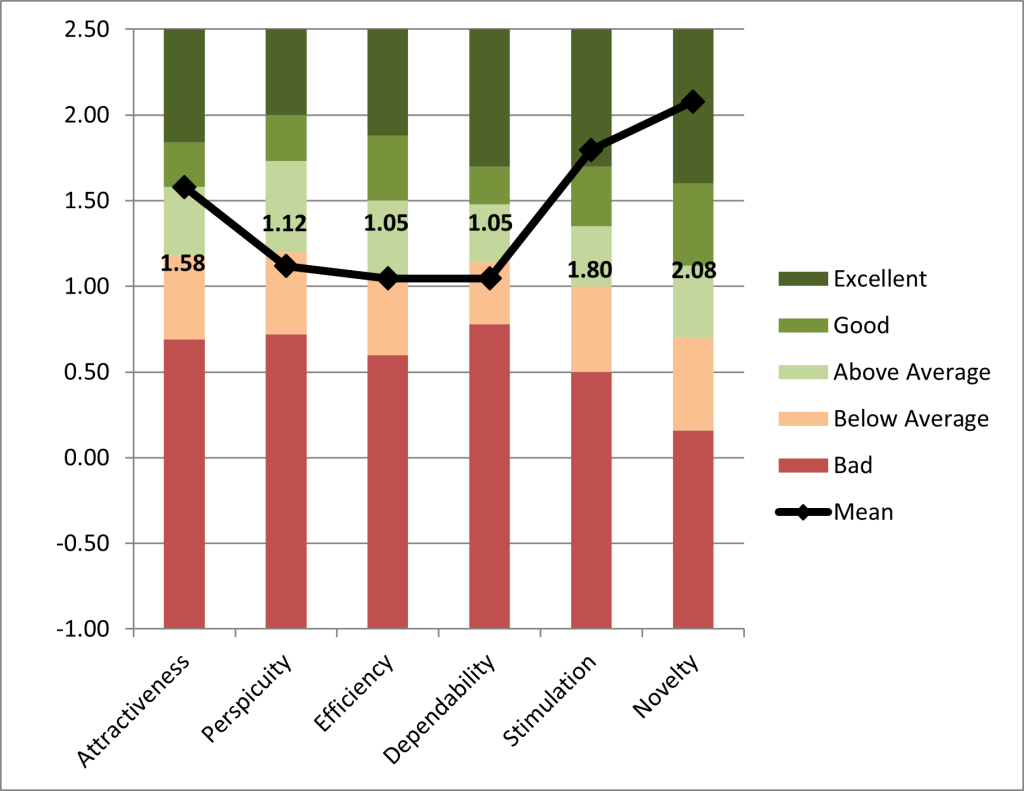Development and evaluation of a VR-based prototype for an infant first aid online course to improve digital health support for expectant and new parents – a mixed methods study
Aim and Research Question(s)
This research aimed to understand the intersection between parenthood and digital health technology by assessing the potential of digital health education and the integration of a virtual reality (VR) prototype as an extension of an infant first aid online course for expectant and new parents.
Background
For young families, the period before and after birth is demanding and difficult. To cope with the new experiences, professional help in areas such as first aid on infants is usually sought [1]. Due to economic and social challenges, not all affected individuals can take advantage of local support [2]. Alternatively, information is obtained via digital services [3]. During the last decade, the usage of VR technology in health education increased rapidly [4]. However, less is known about the usefulness and acceptance of VR technology as a support for digital knowledge transfer to meet the needs of expectant and new parents.
Methods
Firstly, a VR prototype to simulate a first aid measure was developed (figure 1).
Secondly, a mixed-methods approach was applied to evaluate the prototype and
investigate the potential of VR technology in health education for the target group.
The quantitative approach consisted of the 5-scale user experience questionnaire
(UEQ) completed by participants in online first aid courses and health
experts. The qualitative approach comprised semi-structured interviews with
experts in the field of digital family education, followed by thematic analysis.
 Figure 1: Example of the prototype and user flow.
Figure 1: Example of the prototype and user flow.
Results and Discussion
In total 38 subjects completed the UEQ. The user experience value was rated positive on all scales. The prototype mean value was rated excellent in the scale stimulation (1.80 ± 0.10) and novelty (2.08 ± 0.66). The scale attractiveness was rated above average (figure 2). In the three expert interviews, it was argued that VR technology has the potential for digital knowledge transfer however, major challenges were seen in familiarization and practicability. The usage of VR was rather seen in on-site teaching than in the application at home. Figure 2: Mean score on the six different scales in comparison to the UEQ benchmark data set.
Figure 2: Mean score on the six different scales in comparison to the UEQ benchmark data set.
Conclusion
Interest in VR was high among the target group, as demonstrated in the prototype evaluation. However, there was considerable doubt among experts about the added value and usefulness of VR technology for home use, due to the cost and equipment required.
References
[1] Nystrom, K., & Ohrling, K. (2004). Parenthood experiences during the child’s first year: Literature review. [2] Kim et al. (2018). Socioeconomic status can affect pregnancy outcomes and complications, even with a universal healthcare system. [3] Javanmardi et al. (2018). Internet Usage among Pregnant Women for Seeking Health Information: A Review Article. [4] Gudoniene, D., & Rutkauskiene, D. (2019). Virtual and Augmented Reality in Education.
